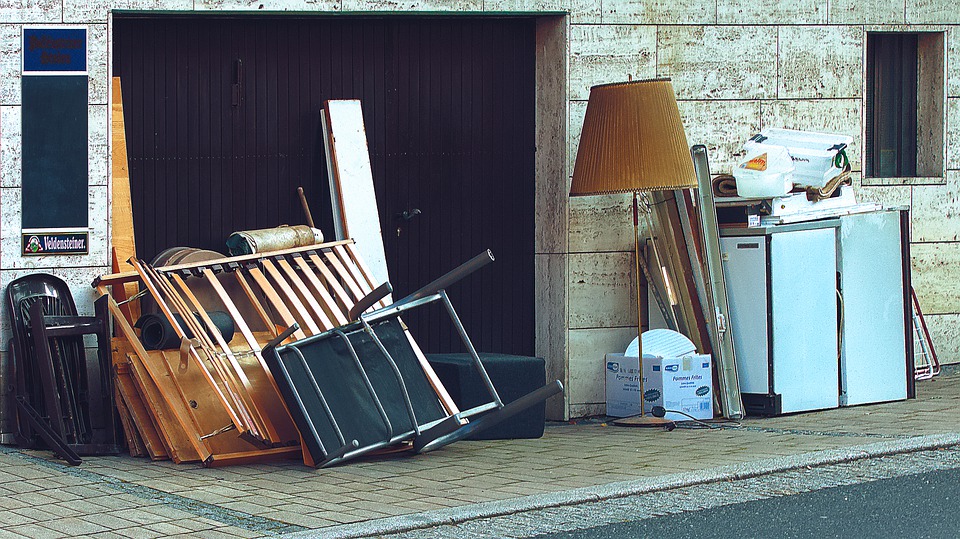Most of us don’t think twice about grabbing a new desk online or upgrading a sofa when the style feels stale. But behind every shiny new furniture purchase is a web of environmental damage that’s easy to ignore—and costly to the planet.
Here are five reasons to rethink the cycle of buying new:
1. It’s a Resource Hog
Furniture manufacturing eats up raw materials at a staggering rate. Hardwood forests are leveled. Oil is used to create plastics and synthetic foams. Water is wasted in massive quantities. Even so-called “sustainable” lines can have hidden impacts from global supply chains and heavy chemical use.
2. It’s Built to Break
Much of what’s sold today is designed with obsolescence in mind—made from particleboard, thin veneers, and fasteners that don’t age well. These pieces often end up in landfills within a few years. In 2018 alone, over 12 million tons of furniture were thrown away in the U.S., most of it unrecyclable.
3. It’s Full of Toxins
From flame retardants to VOCs (volatile organic compounds), new furniture is often treated with chemicals that off-gas into your home for years. Cheap finishes and synthetic upholstery can degrade indoor air quality, especially in tightly sealed spaces.
4. It’s a Carbon Bomb
Global furniture production is a carbon-heavy industry. Think factories, plastic molds, foam production, shipping, and packaging. A single new sofa can carry an environmental footprint of hundreds of pounds of CO₂, all before you even sit down.
5. It Keeps You Consuming
Trend-based design convinces you that your perfectly good table is suddenly out of style. And the more you buy, the more you feel compelled to replace. The cycle benefits corporations—not your creativity, not your finances, and definitely not the planet.
So What’s the Alternative?
At Object Lesson Design, we use the TGIF method: Thrifted, Gifted, Invented, or Found. It’s our way of designing with integrity, not excess. By working with what already exists, we cut waste, honor history, and prove that great design doesn’t come in a box. It comes from vision, resourcefulness, and intention.

Leave a Reply